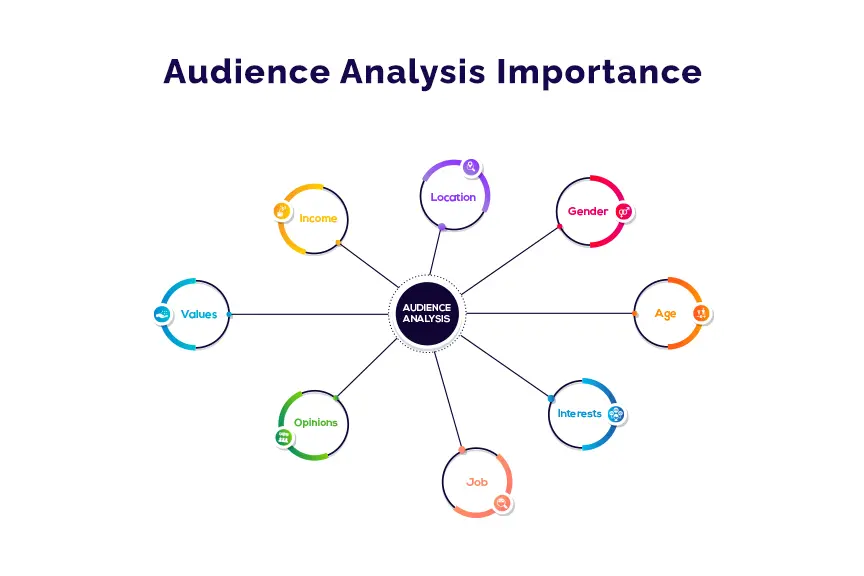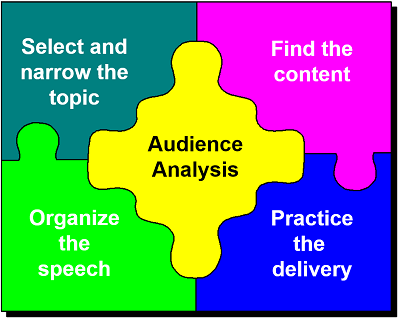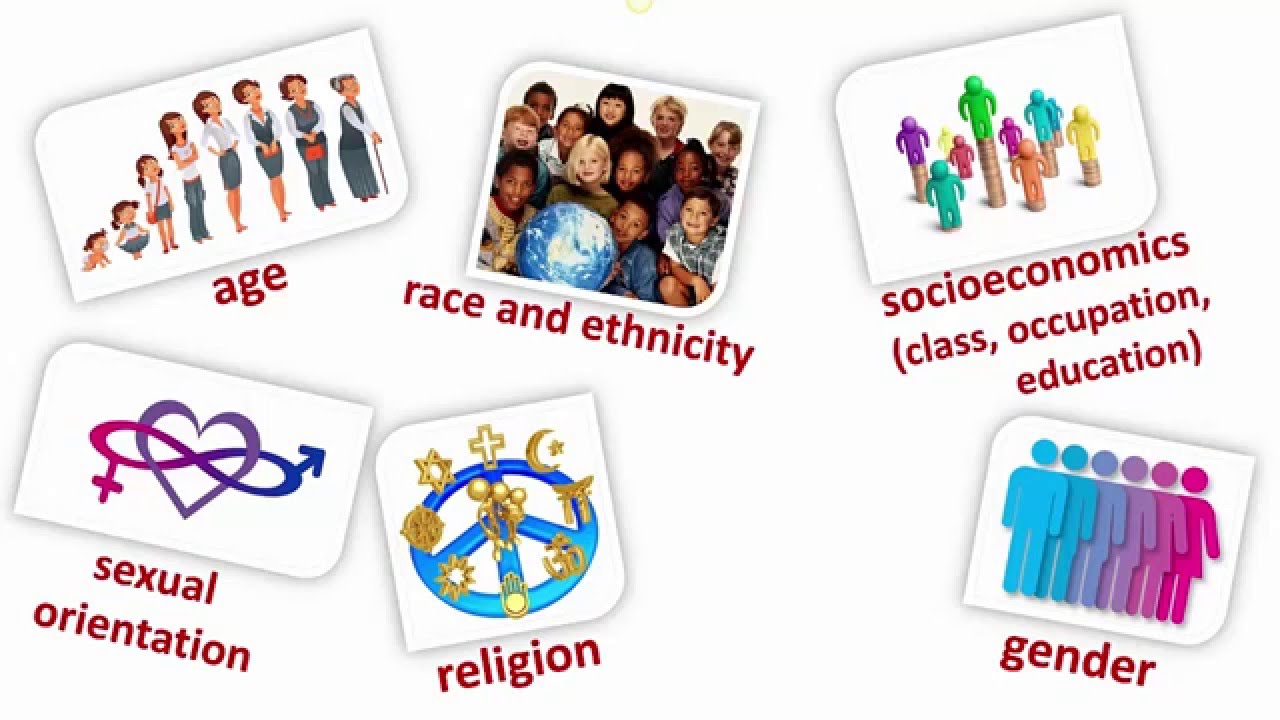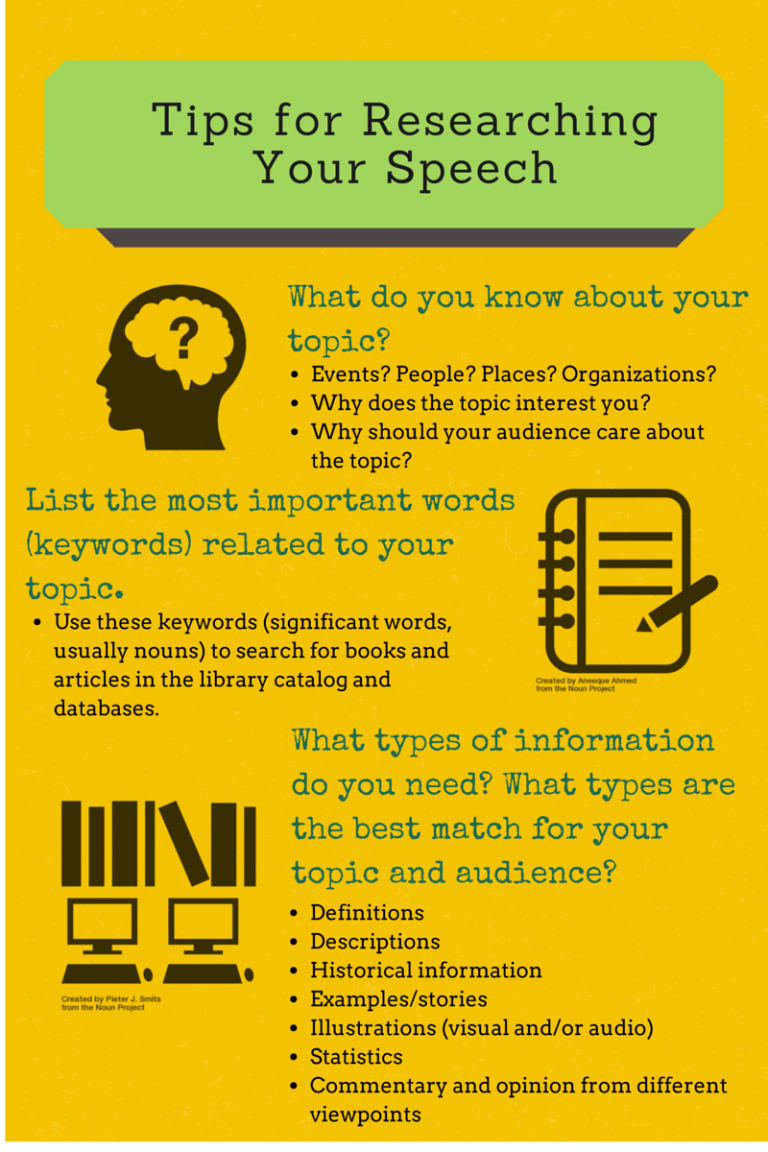Audience Analysis for Public Speaking: Master Your Message
Do you find yourself staring at a sea of faces, wondering how to truly connect with your audience during a speech? You’re not alone.
Audience analysis for public speaking is your secret weapon to captivate and engage effectively. Imagine knowing exactly what your listeners want to hear, what captivates their interest, and how to leave a lasting impression. It’s like having a map that guides you directly to the hearts and minds of your audience.
You’ll uncover the strategies to tailor your message perfectly, ensuring it resonates with every individual in the room. You’ll learn how to decipher their needs, desires, and even their unspoken expectations. Ready to transform your speaking skills and make every word count? Dive in and discover the art of audience analysis that will make your next speech unforgettable.

Credit: speakandconquer.com
Importance Of Audience Analysis
Understanding your audience is crucial for effective public speaking. Knowing who you are speaking to can make or break your presentation. Audience analysis helps tailor your message to meet their needs and expectations. This ensures engagement and clarity throughout your speech.
Why Audience Analysis Matters
Audience analysis identifies the interests of your listeners. It helps you understand their backgrounds and preferences. This knowledge guides you in crafting a message that resonates with them. You can address their concerns and highlight relevant topics. This connection increases the impact of your speech.
Enhancing Communication Skills
Analyzing your audience improves communication skills. It enables you to choose the right words and tone. You can avoid jargon that may confuse your listeners. Clear communication ensures your message is understood. This boosts your confidence and credibility.
Adapting Content For Maximum Engagement
Audience analysis allows content adaptation. You can modify examples to suit their experiences. This makes your speech relatable and engaging. Tailored content keeps the audience interested. They are more likely to retain information.
Building A Strong Connection
Knowing your audience builds a strong connection. You can address them directly and with empathy. This creates a sense of community and trust. Listeners feel valued and appreciated. Your speech becomes a shared experience.
Identifying Potential Challenges
A thorough audience analysis reveals potential challenges. You can anticipate questions and objections. This prepares you to handle difficult situations. Being prepared reduces anxiety and enhances your presentation.

Credit: slidebazaar.com
Identifying Your Audience
Public speaking requires knowing your audience well. Successful speakers tailor their messages. This connects with listeners on a deeper level. Understanding your audience helps you choose the right words. It influences their emotional and intellectual responses. Proper audience analysis involves many aspects. Here, we will explore key factors to consider.
Demographics
Demographics are basic traits of your audience. Age, gender, and education matter. These factors influence how people understand messages. Knowing the age group helps you adjust your language. This ensures your message is clear. Education level tells you about their knowledge base. It guides the complexity of your content.
Psychographics
Psychographics go beyond basic traits. They involve interests, values, and lifestyles. Understanding these aspects helps you connect emotionally. If your audience values family, speak about family examples. It makes your speech relatable. Interests can guide your content topics. Speaking to their hobbies keeps them engaged.
Cultural Background
Cultural background plays a significant role. It affects communication styles and expectations. Different cultures have unique norms. Knowing these can prevent misunderstandings. Respect for cultural differences builds trust. Tailor your message to match cultural values. This shows sensitivity and respect.
Understanding Audience Needs
Grasping the needs of your audience is key in public speaking. Knowing their interests and expectations helps tailor your message. This ensures engagement and makes your speech more effective.
Understanding your audience’s needs is crucial for effective public speaking. It helps tailor your message to engage and resonate with the listeners. Audience analysis requires knowing their expectations, knowledge level, and emotional state. This ensures your speech is relevant and impactful.Expectations And Goals
Every audience has specific expectations. They attend with goals in mind. Knowing these can guide your speech. It helps in addressing their interests. This increases audience engagement and satisfaction. Consider their purpose for attending. Are they there to learn or be entertained? Understanding this aligns your message with their goals.Knowledge Level
Assessing the audience’s knowledge level is essential. It determines the depth of your content. Speaking to experts? Use technical terms. Speaking to beginners? Simplify your language. Misjudging their knowledge level can lead to disinterest. Cater to their understanding. This keeps them engaged and informed.Emotional State
The audience’s emotional state affects their receptiveness. Are they excited or anxious? Adjust your tone accordingly. Acknowledge their emotions. This builds a connection and trust. An audience in a positive mood is more open. Be empathetic and attentive. This enhances their overall experience.Tailoring Your Message
Public speaking can be daunting. Audience analysis is key. Tailoring your message ensures your words resonate. Understand who you’re speaking to. Adapt your message to fit their needs. This approach improves engagement. It makes your message more impactful.
Language And Tone
Choose words your audience understands. Avoid jargon and complex terms. Use simple and clear language. Match your tone to the occasion. A formal event needs a serious tone. A casual gathering allows for lightheartedness. The right tone builds rapport.
Content Relevance
Your content must relate to your audience. Know their interests and concerns. Address their needs directly. Use examples they can relate to. Relevant content keeps your audience attentive. Irrelevant content loses their interest. Stay focused on topics that matter to them.
Engagement Strategies
Engage your audience with questions. Invite them to participate actively. Use stories and anecdotes to connect emotionally. Visual aids can enhance understanding. Encourage feedback to create a dialogue. These strategies make your speech more interactive. They keep your audience involved and interested.
Adapting Delivery Style
Understanding your audience is key in public speaking. Tailor delivery style by analyzing listeners’ preferences and needs. Connect effectively and ensure your message resonates.
Adapting your delivery style is crucial for effective public speaking. Knowing your audience means you adjust how you speak and what you say. When you match your delivery to your audience, your message becomes more powerful and engaging. Have you ever given a presentation and noticed some people tuned out? That might be because your delivery style didn’t resonate with them. Let’s explore how adapting your delivery style through verbal communication, non-verbal cues, and pacing and timing can make all the difference.Verbal Communication
The words you choose matter. Speak in a language that your audience understands. Avoid jargon if your audience isn’t familiar with it. Use clear and simple language. Consider your tone. Are you speaking to inspire, inform, or persuade? Adjust your tone to match your intent.Non-verbal Cues
Your body speaks louder than words. Make eye contact to connect with your audience. Use gestures to emphasize points. They can add energy to your message. Pay attention to your facial expressions. They should match the emotions of your speech.Pacing And Timing
Pacing keeps your audience engaged. Speak too fast, and they may miss key points. Speak too slow, and you risk losing their attention. Pause for effect. It gives your audience time to absorb what you’ve said. Know when to stop. Don’t drag on. Respect your audience’s time. Reflect on your own experiences. Has adjusting your delivery style ever helped your message land better? Share these insights to improve your public speaking. Adapt, connect, and make your words count.
Credit: introtocommopensource.ridgewater.edu
Gathering Audience Feedback
Collecting audience feedback is key for effective public speaking. It helps refine messages and engage listeners better. Analyzing feedback identifies audience needs and preferences, enhancing communication skills.
Gathering audience feedback is crucial for effective public speaking. It helps you connect with your audience and refine your communication skills. By understanding your audience’s needs and reactions, you can tailor your message to resonate more deeply with them.Pre-speech Surveys
Before you step on stage, consider conducting pre-speech surveys. These surveys can be simple and straightforward. Ask your audience about their expectations and interests related to your topic. Imagine knowing your audience is keen on practical tips rather than theoretical insights. This allows you to adjust your content accordingly. Use online tools like Google Forms or SurveyMonkey to collect responses easily.Real-time Feedback
Capturing real-time feedback during your speech can be incredibly insightful. Consider using audience response systems or polling apps. These tools enable your audience to interact with your presentation actively. Have you ever tried asking a question and watching as the responses appear live? This can energize your audience and provide instant insights into their understanding. It also shows your willingness to engage and adapt on the spot.Post-speech Evaluation
Once your speech concludes, the feedback process shouldn’t stop. Post-speech evaluations can help you reflect on your performance. Consider sending out a brief questionnaire to gather honest opinions. Think about questions like, “What part of the speech resonated the most?” or “What could have been improved?” This input is invaluable for refining your future presentations. Make sure to thank your audience for their feedback, showing you value their opinions. By actively gathering feedback, you not only improve your speaking skills but also build a stronger connection with your audience. How do you plan to implement these strategies in your next speech?Refining Future Presentations
Understanding your audience is key to delivering effective public speeches. Tailor your message to their interests and needs. Engage them with relatable examples and clear language.
Refining future presentations is key for effective public speaking. Understanding your audience is just the start. To truly connect, adapt and evolve your presentations. Use audience analysis to guide this process. This ensures you meet their needs and interests.Incorporating Feedback
Gathering feedback is crucial after every presentation. Listen to your audience’s thoughts. Collect comments and suggestions. This helps identify areas for improvement. Implement constructive criticism. Adjust your content and delivery based on feedback. This makes your next presentation stronger and more impactful.Continuous Improvement
Strive for ongoing growth in your speaking skills. Analyze past performances. Identify strengths and weaknesses. Set goals for your next presentation. Practice regularly to enhance your skills. Attend workshops and seminars to learn new techniques. This commitment to improvement will reflect in your presentations.Staying Relevant
Ensure your content remains current and engaging. Keep up with industry trends. Update your presentation materials regularly. Tailor your message to the audience’s current interests. Use relevant examples and stories. This maintains audience interest and connection throughout your presentation.Frequently Asked Questions
What Is Audience Analysis In Public Speaking?
Audience analysis involves understanding the demographics, interests, and attitudes of your listeners. This helps tailor your message effectively and engage your audience. Analyzing the audience ensures your content resonates with them, making your speech more impactful and relatable.
Why Is Audience Analysis Important For Speakers?
Audience analysis is crucial for crafting relevant and engaging speeches. By understanding your audience, you can address their needs, interests, and expectations. This connection fosters engagement, making your message memorable and impactful, ultimately enhancing your speaking success.
How Do You Conduct Audience Analysis?
Conduct audience analysis by researching demographics and interests. Use surveys, interviews, or existing data to gather insights. Analyze the information to tailor your message, ensuring it aligns with your audience’s preferences and expectations for maximum engagement.
Can Audience Analysis Improve Speech Delivery?
Yes, audience analysis enhances speech delivery by ensuring content relevancy. When you understand your audience, you can adapt your tone, language, and examples. This connection fosters engagement, making your message memorable and your delivery more effective.
Conclusion
Understanding your audience boosts your public speaking success. It helps tailor your message effectively. Engage your listeners with relevant content. Speak in a way they understand. This connection builds trust and keeps attention. Know their interests and preferences. Address their concerns and questions.
This preparation reduces anxiety and boosts confidence. Every audience is unique. Adapt your approach accordingly. Practice and feedback refine your skills. Stay open to learning and improving. With thoughtful audience analysis, your speeches become impactful and memorable. Keep them engaged and they will remember your words.




